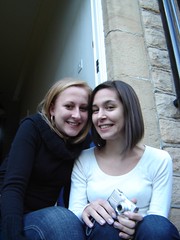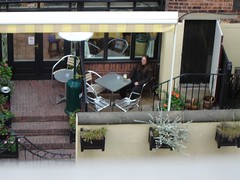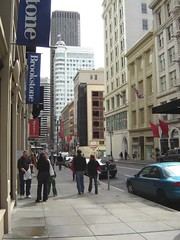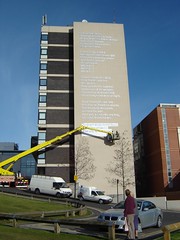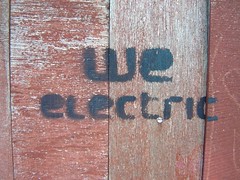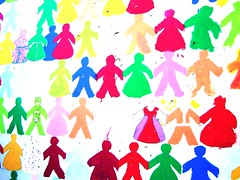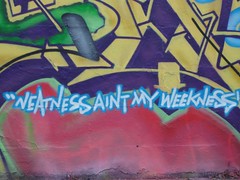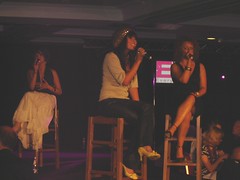 old sticker
old sticker
There’s a lot of change in my life at the moment, moving offices, moving house (and more, too). So I find myself very pressed for time and leaving a few more spaces between posts than normal. When Dr Joolz writes about
blog guilt - we’ve been
here before, I
recall – that doesn’t quite accord with my feelings. Perhaps I feel more that I either just don’t have the time, in the way that
Flaneuse describes, or that I’m not quite sure what I want to blog about (
see Simply Clare). Now that last one’s interesting because I could just blog about having a busy day, or being completely cheesed off with timewasters, or unnecessary meetings, or...but I don’t. And this is because my posts have become more focused, my blog has morphed into a technology-education-literacy sort of thing – or to put it another way, I’ve gradually started using my blog to perform a particular identity. Dr Joolz and I dubbed this the ‘hide and reveal’ phenomenon – in other words on days when I don’t really have something on technology-education-literacy, haven’t thought something, read something or visited somebody else’s blog, it’s harder to post (I hide rather then reveal).
